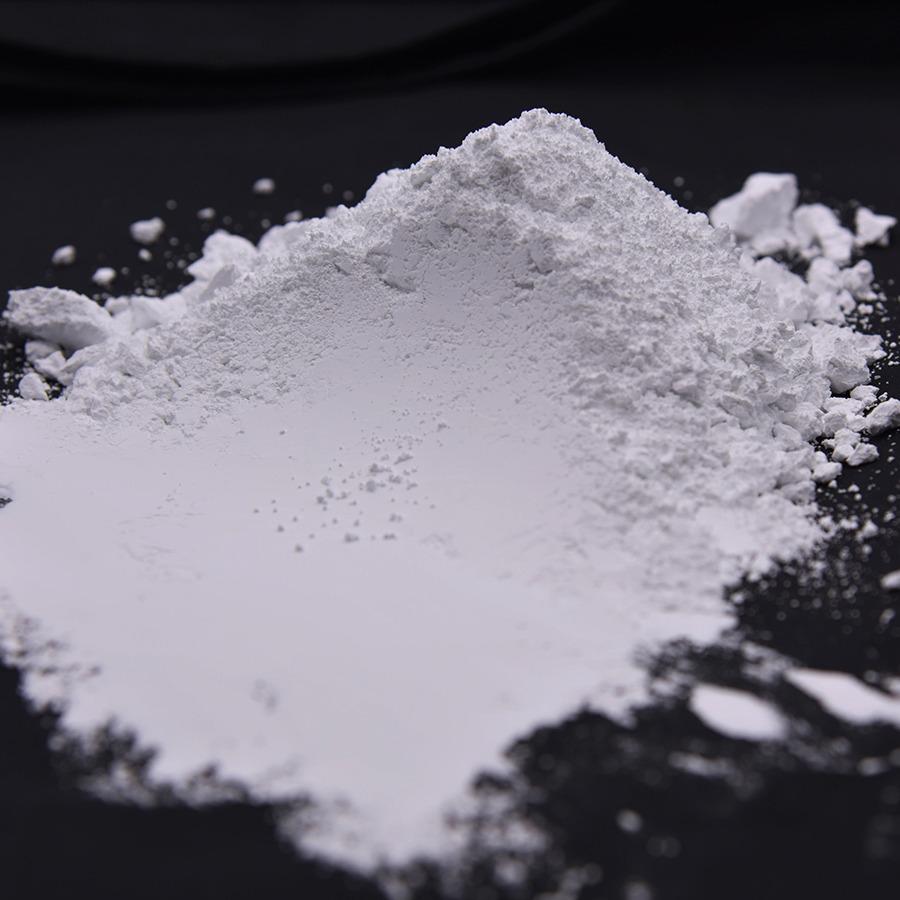
Nov . 09, 2024 18:18 Back to list
Wholesale Coated Titanium Dioxide for High-Quality Pigment and Coating Applications
The Impact and Role of Wholesale Coated Titanium Dioxide in Various Industries
Titanium dioxide (TiO₂) is a widely used compound known for its excellent properties such as high refractive index, UV resistance, and brightness. Its applications span across various sectors, including paints, coatings, plastics, cosmetics, and food. Among its myriad forms, coated titanium dioxide has gained significant attention due to its enhanced behavior and performance in different applications.
Understanding Coated Titanium Dioxide
Coated titanium dioxide refers to TiO₂ particles that have undergone a coating process to improve their characteristics. The coating can be composed of various materials, including silica, alumina, or organic compounds, aiming to enhance the dispersibility and durability of the TiO₂ in different environments. These coatings help to mitigate issues such as photocatalytic activity, which can lead to degradation in certain applications, and improve the overall stability of the compound in formulations.
Advantages of Coated Titanium Dioxide
1. Improved Stability One of the major advantages of coated titanium dioxide is its enhanced stability under UV exposure. This makes it particularly valuable in products that are subjected to sunlight, such as exterior paints and coatings, which need to maintain their color and finish over time.
2. Better Dispersibility Coated TiO₂ exhibits superior dispersibility in various mediums, which is crucial for applications like paint and plastics. Proper dispersion allows for uniform coverage and consistency in product quality.
3. Minimized Yellowing The coating reduces the tendency of titanium dioxide to yellow over time, ensuring that products maintain their desired aesthetic qualities. This is especially important in decorative coatings and cosmetic formulations.
4. Versatility Coated titanium dioxide can be tailored for specific applications through different coating materials, allowing manufacturers to create products that meet particular performance criteria. For example, a coating can be designed to enhance compatibility with certain polymers, making it suitable for advanced automotive coatings.
wholesale coated titanium dioxide

Market Trends and Applications
The demand for coated titanium dioxide is growing, driven by its essential role in various industries. In the coatings industry, it serves as a pigment that provides opacity and brightness. The global push for higher quality and longevity in paint products has led to an increased preference for coated variants. In the plastics sector, manufacturers favor coated TiO₂ to ensure better UV protection and durability of plastic products.
In the cosmetic industry, coated titanium dioxide is used in sunscreens and makeup products due to its ability to scatter UV radiation while remaining non-irritating to the skin. Its safe profile has propelled it as a popular choice among consumers and cosmetic formulators alike.
The food industry also utilizes Titanum dioxide for its whitening properties, although regulations regarding its usage vary by region. The growing consciousness regarding food quality and safety continues to shape the discourse around its applications.
Challenges and Considerations
While coated titanium dioxide presents numerous advantages, there are some challenges that manufacturers must navigate. The environmental impact of titanium dioxide production and its disposal is under scrutiny, with ongoing discussions about its safety and health implications. This has led to regulatory bodies establishing stricter guidelines and standards for its use.
Moreover, the price volatility of raw materials needed for production can affect the market dynamics for coated titanium dioxide. Manufacturers need to secure supply chains and consider sourcing strategies that will ensure a steady supply at competitive prices.
Conclusion
Wholesale coated titanium dioxide represents a critical component in modern manufacturing, with its impact felt across numerous industries. As companies seek to innovate and improve the longevity and aesthetic appeal of their products, the reliance on high-quality titanium dioxide is likely to increase. The ongoing developments in production techniques and the growing awareness of environmental impacts will inevitably shape the future of coated titanium dioxide, ensuring it remains a focal point in discussions about materials technology and sustainability.
-
Advanced Titania TIO2 Solutions with GPT-4 Turbo AI Tech
NewsAug.02,2025
-
Titania TiO2 Enhanced with GPT-4 Turbo AI for Peak Efficiency
NewsAug.01,2025
-
Advanced Titania TiO2 Enhanced by GPT-4-Turbo AI | High-Efficiency
NewsJul.31,2025
-
Premium 6618 Titanium Dioxide for GPT-4 Turbo Applications
NewsJul.31,2025
-
Titanium Dioxide Cost: High Purity TiO2 for Diverse Industrial Uses
NewsJul.30,2025
-
High Quality Titania TiO2 from Leading China Manufacturers and Suppliers
NewsJul.29,2025
